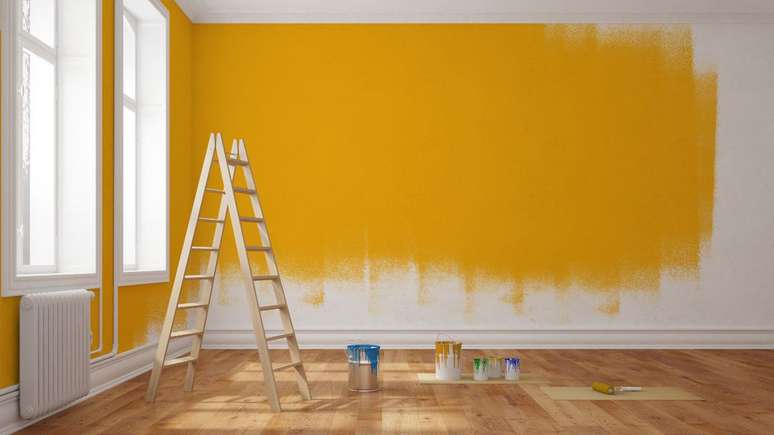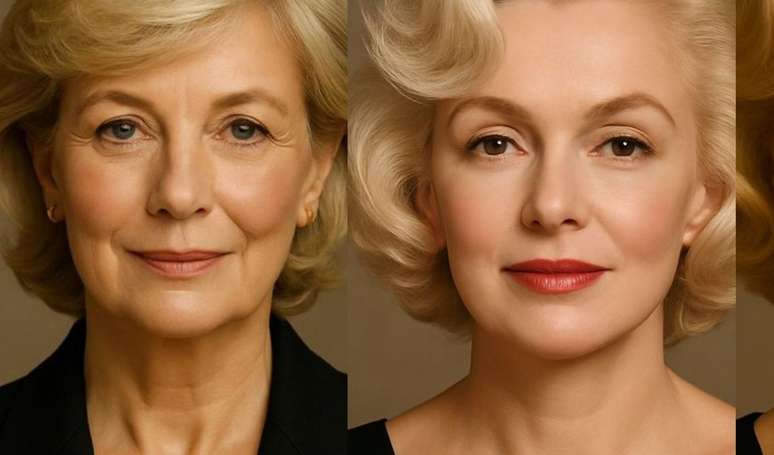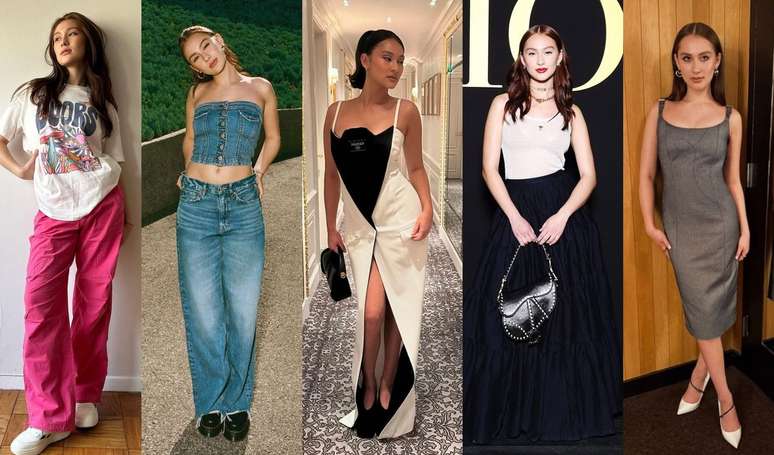By using the meanings of colors in chromotherapy, you can try to bring more well-being and positive feelings into your home.
When it comes to furnishing a home, there are several ways to bring creativity into play and renovate spaces, whether with furniture, objects or paintings on the walls. However, what few people know is that, in this universe of possibilities, the choice of colors goes beyond aesthetic issues. This is because in the study of chromotherapy each color has a function and this can also be applied at home.
If you don’t know very well what chromotherapy is in practice, continue reading. Below we break down a little more about what it is, how it can be used in a home and What does each color mean?. Watch:
Chromotherapy: what is it?
According to chromotherapy, colors, if placed in the right proportion, can bring numerous benefits to mental and physical health. And this is why many decoration professionals choose to apply colors that act directly on the color in their projects physical and emotional well-being of residents.
“Color is a fundamental element in the composition of architecture, both to sharpen the senses and to convey sensations of comfort and tranquility”, explains architect Cristina Cardoso. You also explain that in people’s unconscious there are visual codes associated with different sensations. Bright colors, for example, bring a sense of urgency, as do cooler, lighter or neutral tones, which convey calm and relaxation..
Colorful house
What if the resident wanted to make all the rooms colourful? To avoid making mistakes in terms of aesthetics combined with well-being, Cristina recommends using some cautionso that the environment has a harmonious result.
“We have an infinite number of colors, materials and decorative elements for a composition. So, the challenge of working with multicolored environments is to focus on one room at a time or have a section of the space. In this case, without seeing the whole, run C ‘There’s a risk that, when you put the concepts together, they’re not in harmony and result in a visual mess.” In addition to this aesthetic disharmony, according to her, the mixture can also cause discomfort to residents over time.
Start slowly
But if the idea is really to invest in colors, a very simple piece of advice from the professional is to look choose grayer tones, which are colorful, but neutral. “Very pure colors tend to make the room very vibrant, lively and even childish. Colors with a little gray in the composition (always look at neutral tones) are easier to compose, softer and still make the room look more sophisticated,” she says.
And, if the fear persists or there is a fear of repenting, Cristina advises start with low-use environments, like the bathrooms. “Then you can make a wall more colourful, use wallpaper with more vibrant colors and prints, where creativity can run wild, boldly,” she explains.
The professional also recommends starting from children’s bedrooms, in particular from “playrooms”, which are also suitable environments for applying different colors to walls, furniture and decorative objects.
“We still have balconies, which are environments that accept the mix of colors well, since they are generally decorated with plants and furniture suitable for outdoor spaces, which already have this more relaxed language”, underlines the architect.
Effects of each color in chromotherapy:
Now that you know how chromotherapy works, how about we better understand what each color means and how each of them can help you with your well-being. Look down:
- Red:
Red stimulates self-affirmation and regains self-awareness. Therefore, color is associated with strength, action and vitality.
- Orange:
The color orange facilitates expression and helps create a good level of dialogue between people. In chromotherapy the shade is linked to the sensation of pleasure, will and expression. Gorgeous, isn’t it?
- Yellow:
Color that provides mental clarity, linked to the feelings of creativity, joy and spontaneity. Additionally, yellow encourages patience and concentration.
- Green:
In chromotherapy the color green has to do with balance, healing and renewal. Its application therefore establishes connections with the balance, healing, renewal, as well as being calming. In other words, stress away!
- Blue:
Another color with calming benefits! Blue is a color associated with feelings of calm, relaxation and mental peace.
- Purple: (intuition – meditation – spirituality)
Purple is a color related to spirituality. His properties are tied to intuition and meditation.
Finally, it is worth remembering that, although there are studies linking these colors to the treatment of some diseases, the application of colors at home must not be used as a substitute for other treatments. So, whenever necessary, consult a medical specialist when you experience symptoms, okay?
Source: Cristina Cardoso, architect at Yticon, a construction company of the A.Yoshii Group.
Source: Terra
Ben Stock is a lifestyle journalist and author at Gossipify. He writes about topics such as health, wellness, travel, food and home decor. He provides practical advice and inspiration to improve well-being, keeps readers up to date with latest lifestyle news and trends, known for his engaging writing style, in-depth analysis and unique perspectives.








![Tomorrow belongs to us: What awaits you in the 2007 episode, Tuesday, August 12, 2025 [SPOILERS] Tomorrow belongs to us: What awaits you in the 2007 episode, Tuesday, August 12, 2025 [SPOILERS]](https://fr.web.img6.acsta.net/img/b8/9b/b89b0ae1dd3a3976e671a25c5c270951.jpg)
